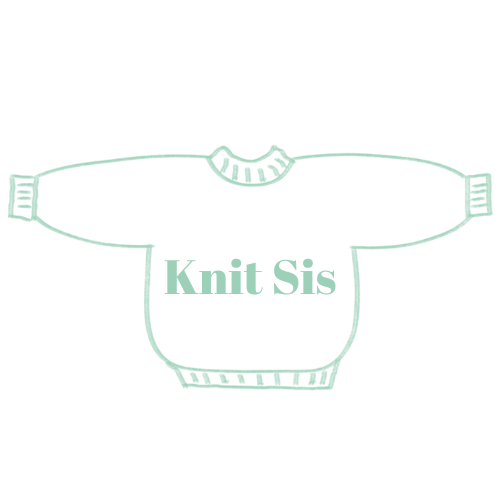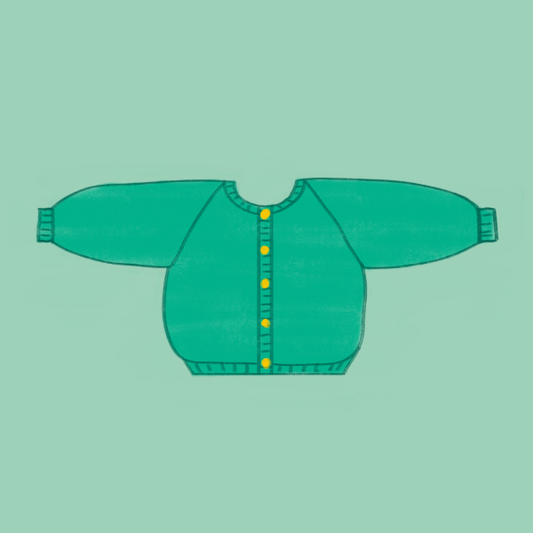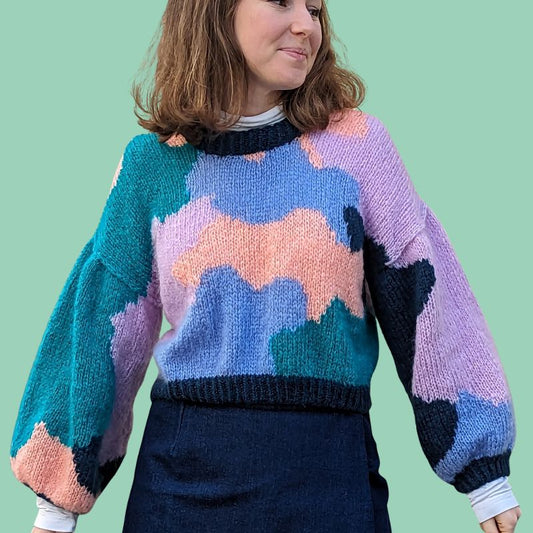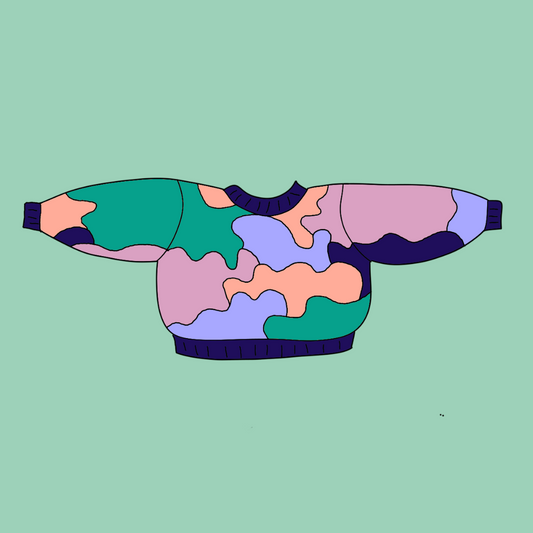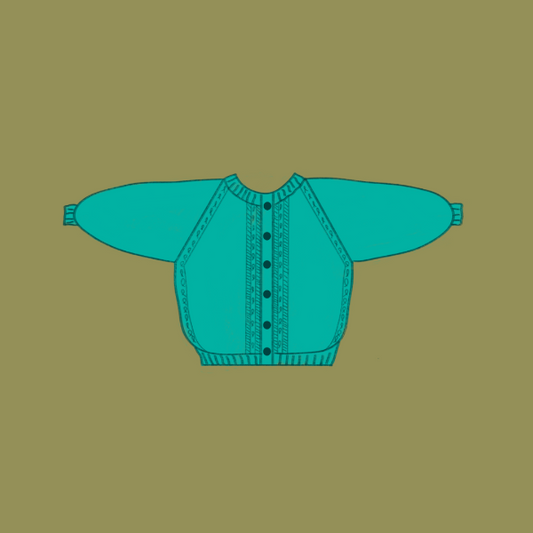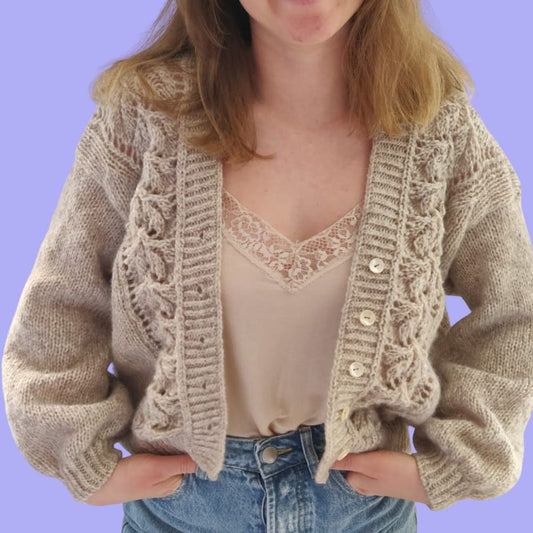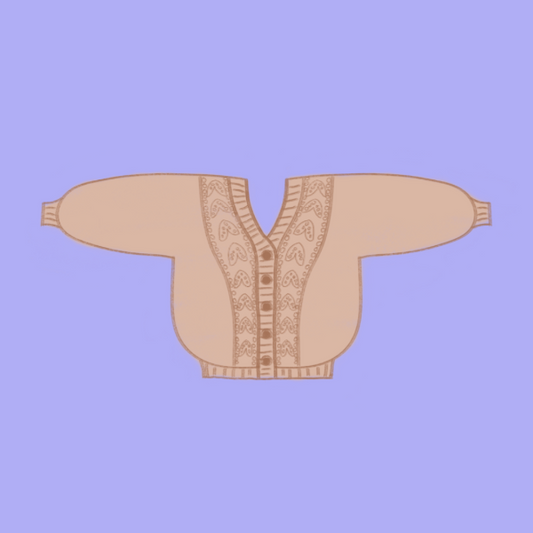Everything You Need to Know About Double-Pointed Needles: A Complete Guide for Keen Knitters
Knit SisShare
Introduction: Why use double-pointed needles?
Double-pointed needles (or DPNs) are a must-have for any knitter looking to explore new techniques and create circular knitting projects. Whether you're knitting socks, sleeves, or hats, these needles offer unparalleled flexibility and precision.
In this article, we'll explore everything you need to know about double-pointed needles: their uses, how to choose them, and some tips for getting started.
Points covered in this article:
-
What is a double-pointed needle and what is it used for?
-
The different types and materials available.
-
Basic techniques for knitting with double-pointed needles.
-
Ideal projects to make with these needles.
-
Tips for beginners.
What is a double-pointed needle?
Double-pointed needles are straight knitting needles with points at each end, allowing you to knit in the round on small projects. They are available in various lengths and diameters and can be made of wood, bamboo, metal, or plastic.
Main uses:
-
Circular knitting : Ideal for small pieces like socks, hats, sleeves and mittens.
-
Precise finishing : Allows you to work on complex details such as cable or lace patterns.
-
Working on small sections : Suitable for projects requiring a small number of stitches.
How to choose your double-pointed needles?
Criteria to take into account:
1. Subject:
-
Wood and bamboo : Pleasant to the touch and perfect for beginners because they are less slippery.
-
Metal : Ideal for experienced knitters as they allow for smooth gliding of stitches.
-
Plastic : Lightweight and economical, but less durable.
2. Length:
-
Prefer a length of 15 cm for small projects like socks.
-
Choose 20 to 25 cm for larger projects like sleeves.
3. Diameter:
-
Make sure you choose a size that is compatible with your yarn. Always check your yarn label for recommendations.
Basic techniques for knitting with double-pointed needles
Cast on stitches:
-
Cast on your stitches on two needles to avoid them being too tight.
-
Distribute the stitches evenly over three or four needles.
-
Join in the round, avoiding twisting the stitches.
Knitting in the round:
-
Use a fourth or fifth needle to knit stitches while going around the circle.
-
Be sure to pull the yarn tightly between the needles to avoid "ladders" (gaps between sections).
Trick :
Start with a simple project, like wrist warmers, to get comfortable with the technique.
Ideal projects to make with double-pointed needles
1. Socks:
Double-pointed needles are perfect for knitting snug, comfortable socks. Try stretchy, sturdy yarns for longer life.
2. Caps:
For a seamless hat, these needles offer a practical and elegant solution.
We plan to release a hat pattern using this technique soon.
3. Sleeves:
Create well-fitting sleeves for your favorite sweaters or cardigans. Check out our patterns like the Festi Cardigan or the Marguerite Cardigan for inspiring projects.
4. Miscellaneous accessories:
Knit tubular scarves, mittens or even details for dolls or toys.
Tips for beginners
-
Use stitch markers to mark the beginning of each round.
-
Practice thread tension to avoid gaps between needles.
-
Choose a smooth , non-snagging yarn for your first attempts.
Conclusion
Double-pointed needles open up a world of creative possibilities for knitters of all skill levels. Whether you're a beginner or an experienced knitter, these needles will allow you to create unique and precise projects.
Discover our exclusive patterns!
Begin your double-pointed needle adventure by working with projects from our Circular Knitting collection. Explore patterns like the Splashie Sweater or the Elmer Cardigan to practice these techniques.
Click here to access our patterns and let your creativity run wild!
